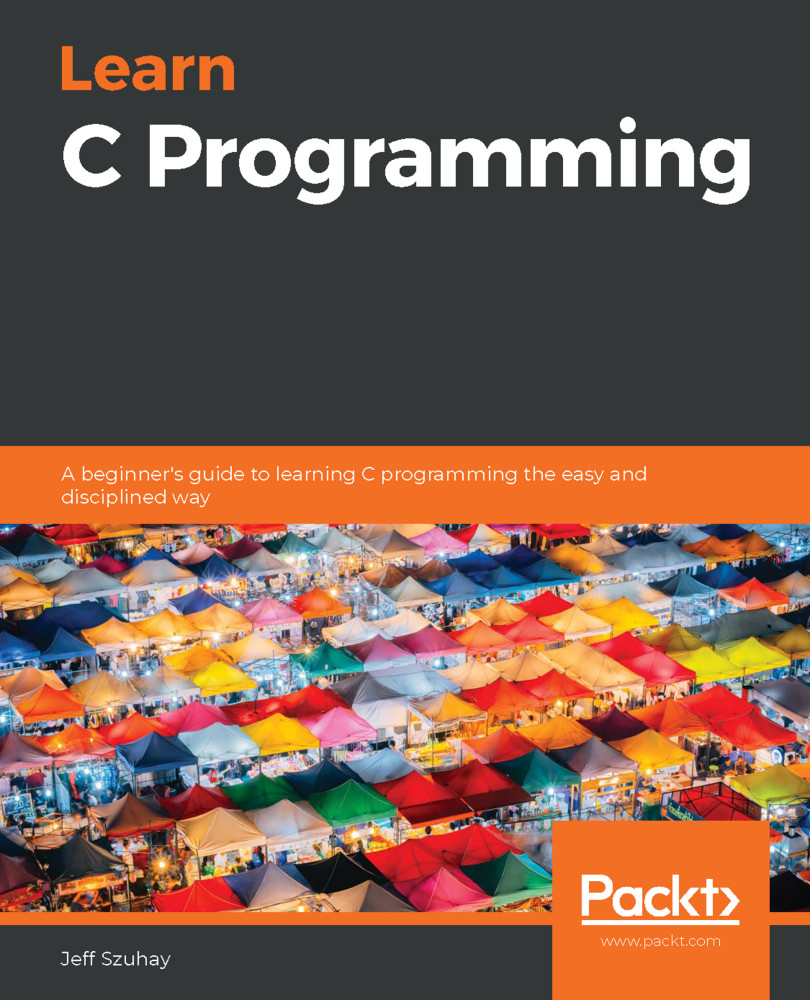OOP has been defined in many ways. At the core of all object-oriented languages are objects. Objects are both collections of data, much like C structures, and also operations on that data that's specific to that object, similar to C functions that operate on a structure. So, an object contains both its data and the set of operations that can be performed on it. Sometimes, the internals of the object are completely hidden to the outside program and its components are only available through functions with access to them, called accessors. This is a more self-contained version of C where functions are somewhat independent of the data or structures they operate on and must be passed the data that they manipulate. In C, a function, or a manipulator of data, is loosely tied, or coupled, to the data it manipulates.
In this chapter, we have used a set of data structures and enumerations to represent real-world cards. We also...


